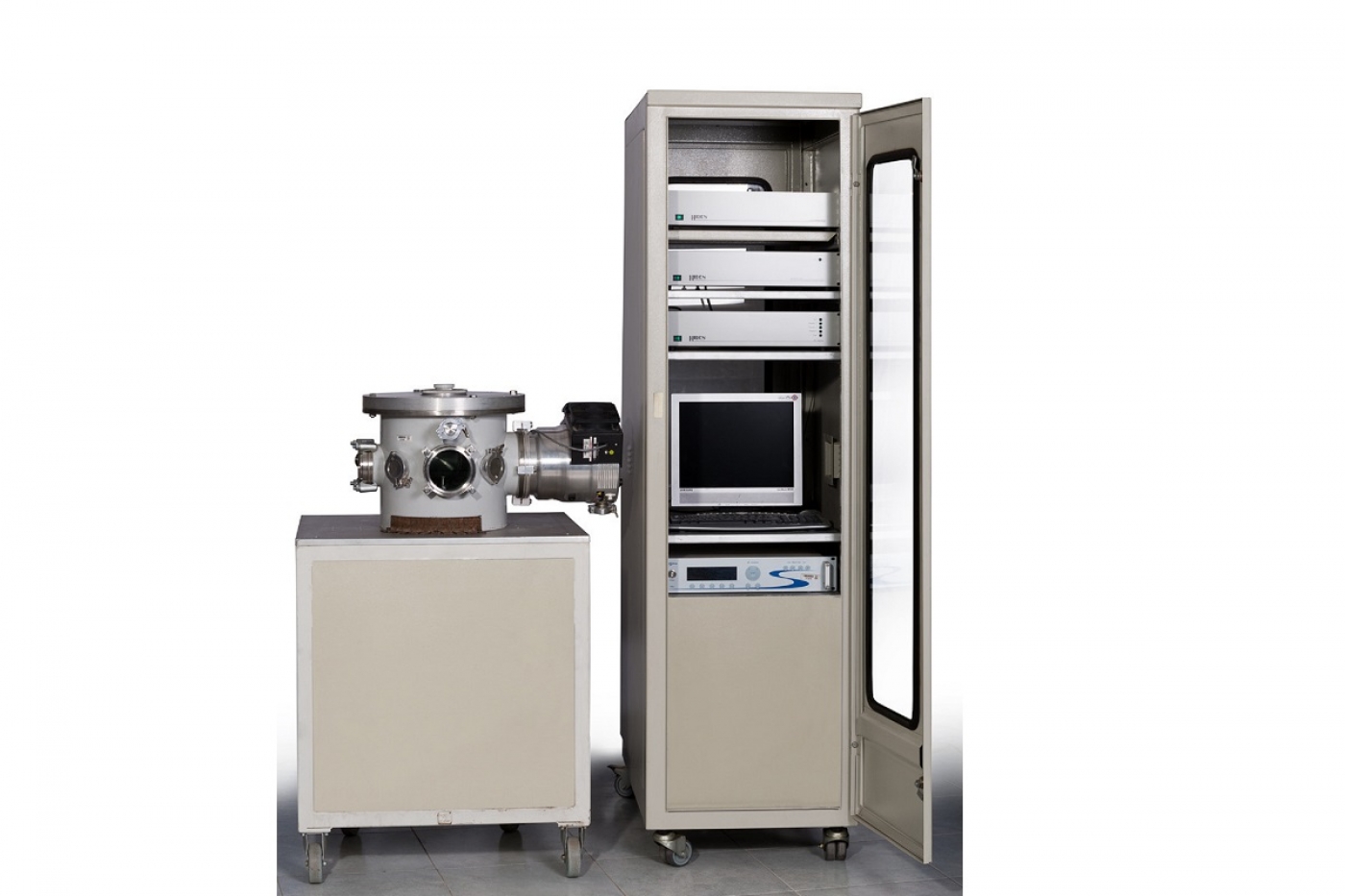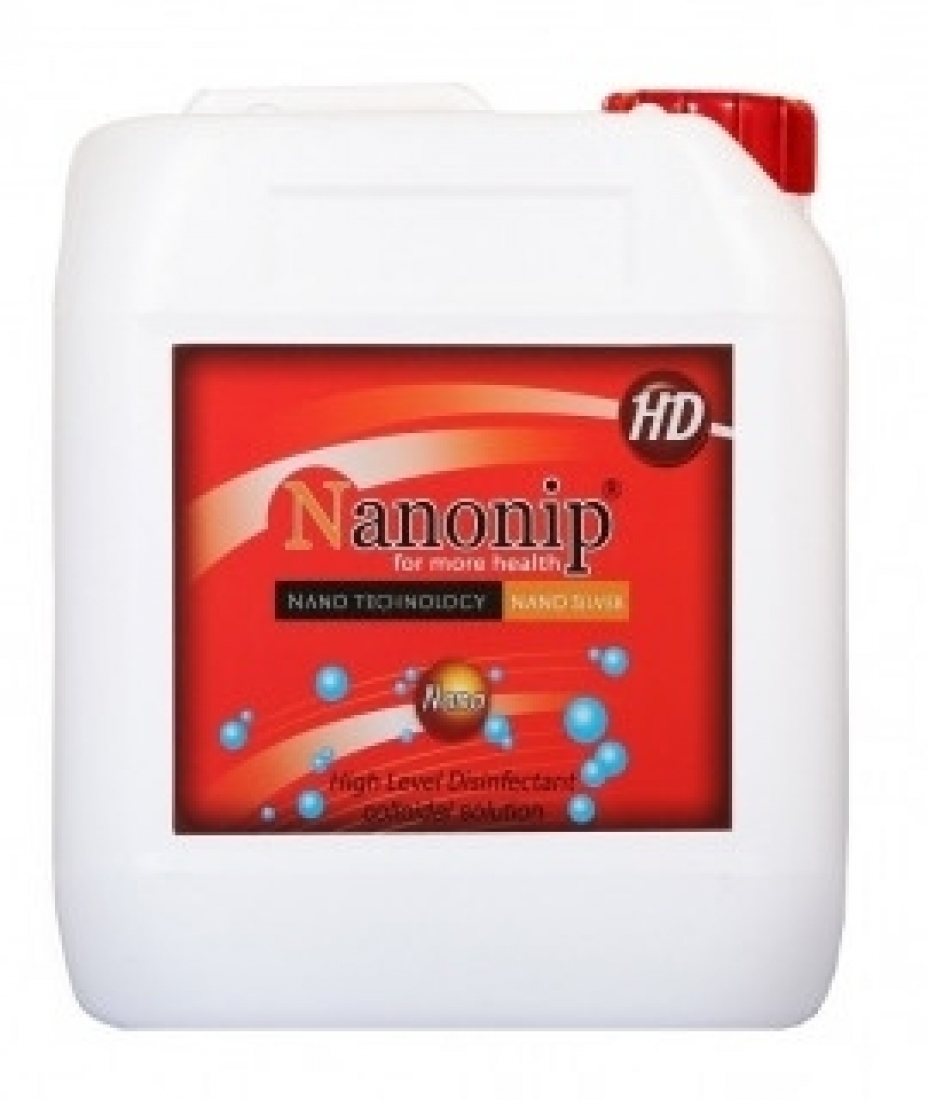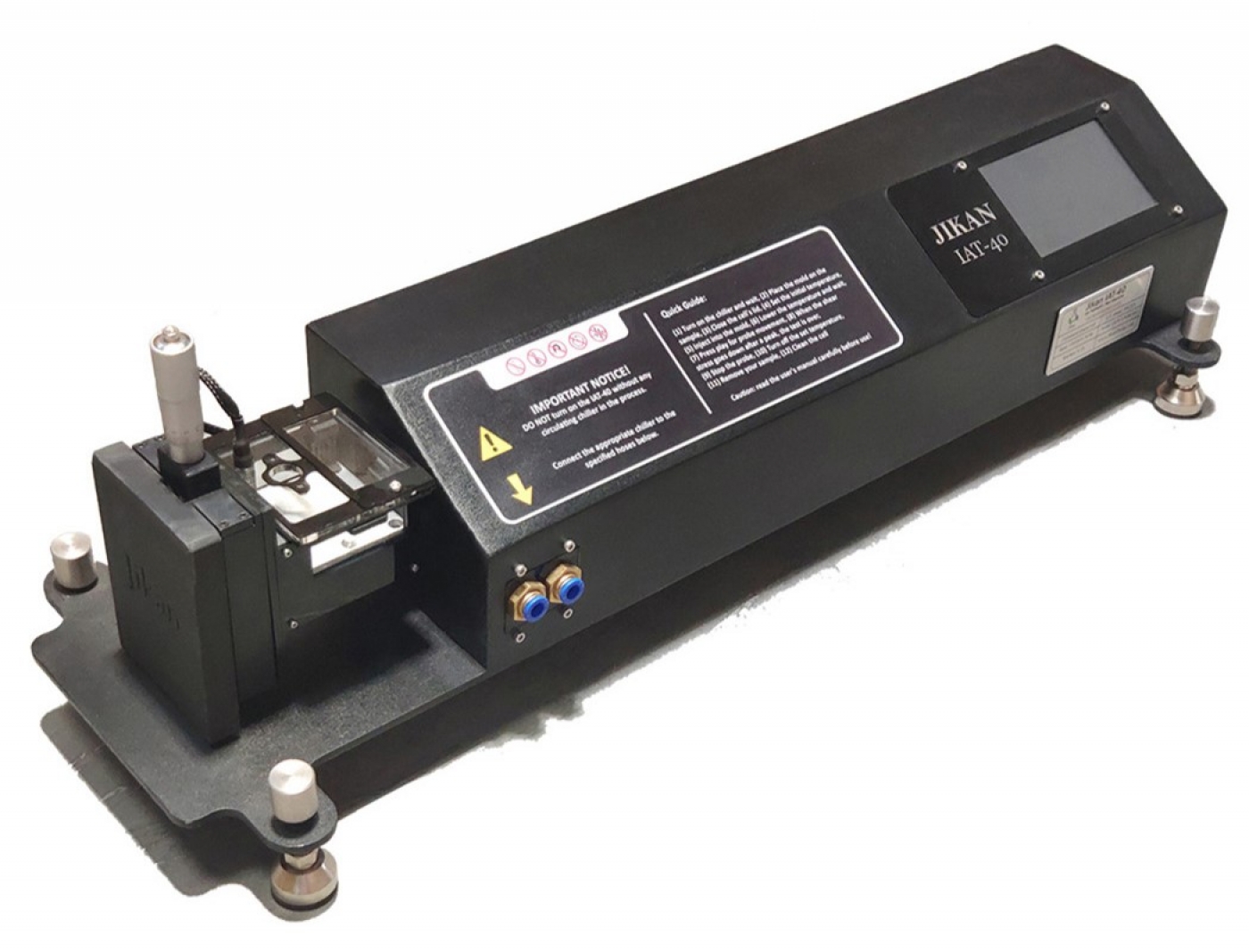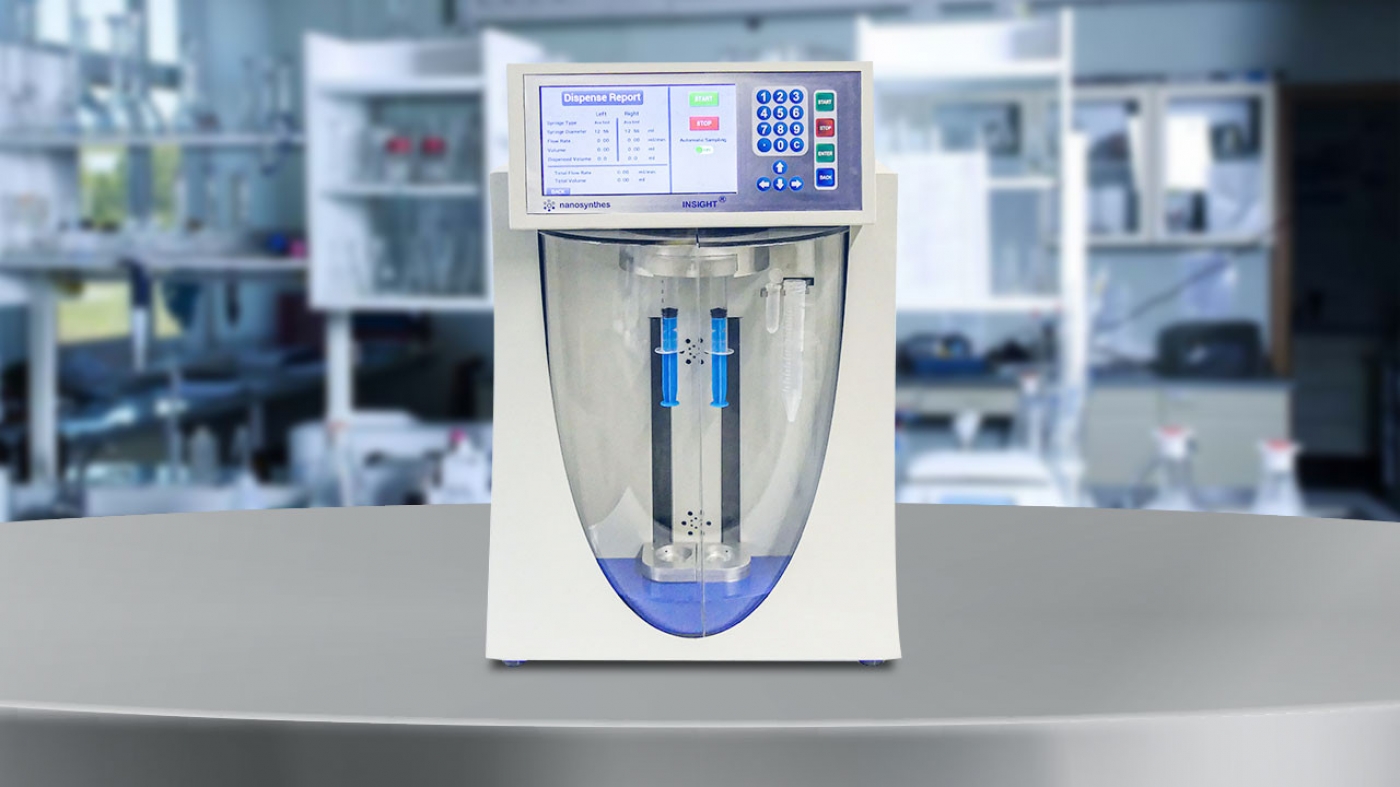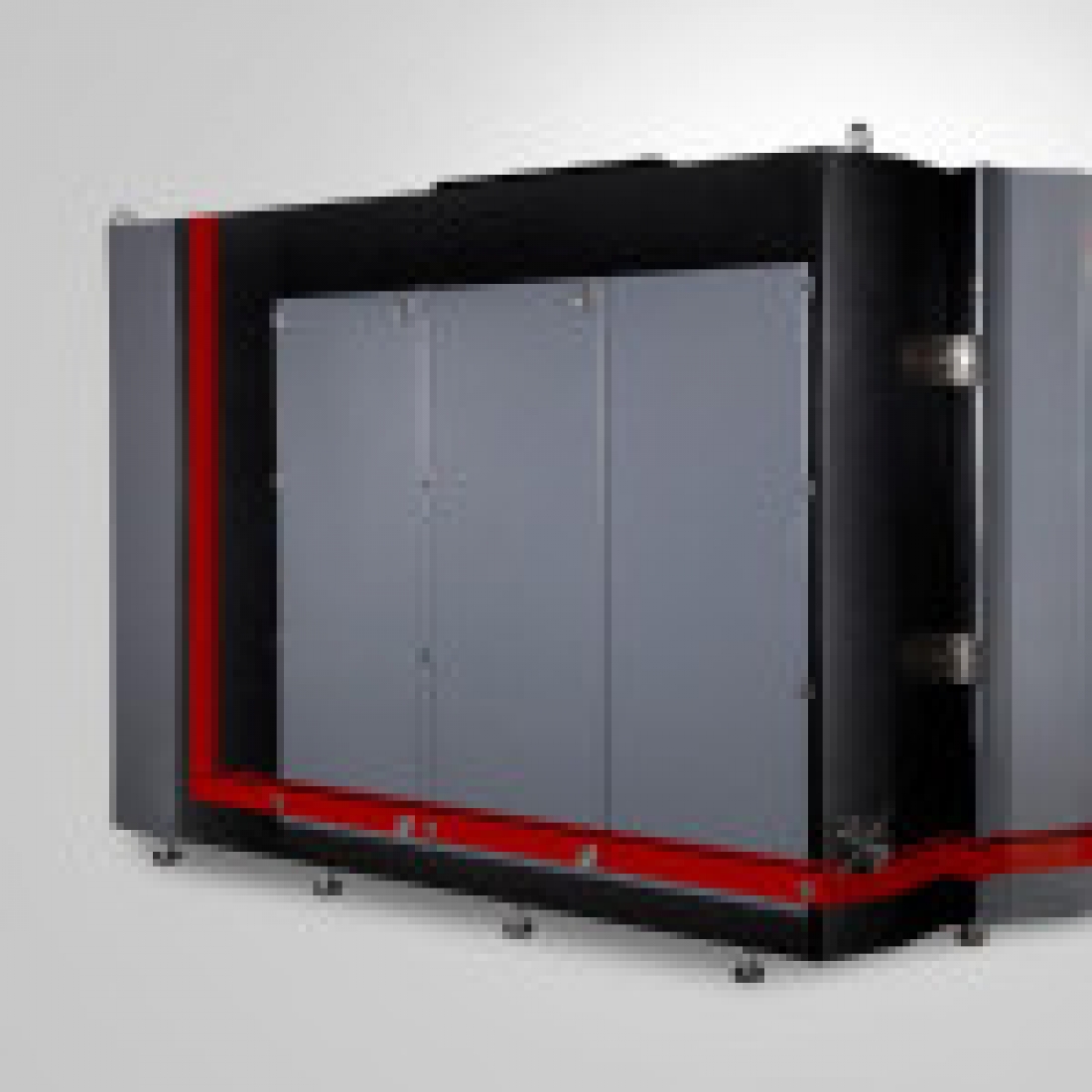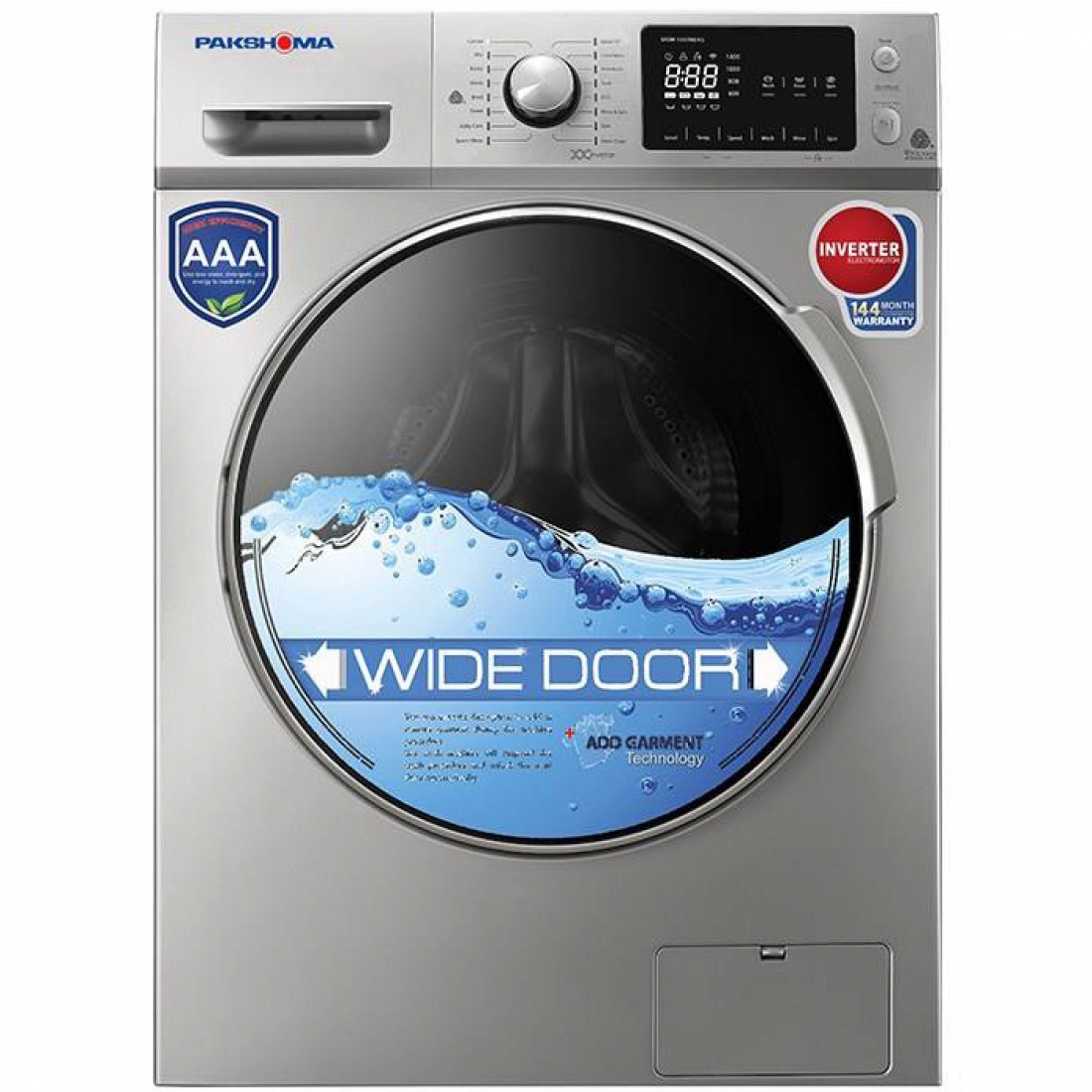Plasma Enhanced Chemical Vapour Deposition (PECVD) is a process in which thin films of different materials are deposited on a substrate surface at low temperatures. Since plasma can reduce the activation energy of a reaction, the deposition temperature can be significantly decreased.
Introduction
Plasma Enhanced Chemical Vapour Deposition (PECVD) is a process in which thin films of different materials are deposited on a substrate surface at low temperatures. Since plasma can reduce the activation energy of a reaction, the deposition temperature can be significantly decreased. The presence of energetic particles (ions, electrons, etc.) and continuous bombardment of the metallic surface by these particles makes a suitable condition for occurrence of chemical reactions and creation of coatings at low temperatures. Moreover, surface bombardment by energetic particles removes the surface oxide layers and as a result modifies the physical, chemical and mechanical properties of the coating. Thus, in comparison with the common CVD process, in PACVD the chemical reactions, which lead to the formation of coating, happen at lower temperatures.
Plasma is generated by injection of a reactant gas in a space between two parallel electrodes, one of two electrodes is connected to the radio-frequency (RF) power supply and the other one is grounded. By applying an RF potential, plasma is generated; High-energy electrons in the plasma, ionize the reactant gas and generate more chemically reactive radicals. These radicals react to deposit a thin film on the substrate surface. The substrate temperature, which is placed on the ground electrode, can be varied from room temperature to 250 °C. The type of deposition determines the system temperature. The basic principles of plasma deposition are similar to plasma etching; the only difference is that in the former a thin layer is deposited on a substrate surface while in the latter a layer is removed from a substrate surface.
In this process, the samples are first subjected to a surface cleaning in an inert gas plasma medium like argon and their temperature increases to the desired value. Then gaseous reactants, a mixture of nitrogen, hydrogen, argon and TiCl4 gases with certain ratios, are sent into the chamber; finally the deposition process is performed by controlling parameters such as temperature, time, pressure, frequency and pulse width. Using this method makes it possible to fabricate single- or multilayers binary, ternary and quaternary coatings such as TiN, TiC, CNTi, TiAlN, TiBN and TiAlCN. One of the advantages of this method is the ability to perform nitration process and consequently deposition process, which leads to the formation of hard coatings. What’s more, this method has a higher deposition rate compared with the other methods, while maintaining the deposition quality.
Application
Some applications of PECVD are as follows:
- Different types of electronics coatings, decorative, optical and anti-reflection in electronics and optics
- Production of hydrophilic and hydrophobic coatings in textile industry
- Improving corrosion resistance of components in automotive and aerospace industries
- Different types of protective coatings in medicine
- Different types of sensor coatings
- Agricultural applications
specification
Details of technical specifications are presented in the following Table.

Related news
Advantager of using nanotechnology
Today, chemical vapor deposition is a unique technique in production of some nanomaterials. Production of various allotropes of carbon such as carbon nanofibers, carbon nanotubes, nanodiamond and graphene can be mentioned as examples. However, of the particular applications of PACVD in the field of nanotechnology, fabrication of metallic and non-metallic single- or multi-layers with different compounds, as well as the possibility of the growth of carbon nanotubes onto a variety of electronic and optical components can be mentioned.
Manual and maintenance
- Open the device door carefully and put the sample onto the copper cathode by using single-use gloves.
- Make sure that the O-ring is clean then close the chamber door gently.
- Make sure that there is no external object between chamber and its door and the aeration valve to system is closed, then turn on the vacuum pump and monitor the chamber pressure by using a Pirani pressure gauge. By using a proper sealing, the chamber pressure can reach to the values less than 100 mTorr.
- When the chamber pressure reached to a stable state, inject the desired gases to the chamber by using a very precise needle valve or mass flow controller and wait till the chamber pressure reach to the stable state.
- After pressure stabilization, the potential can be applied to the cathode by turning on the RF power supply and impedance matching system. First, adjust the power in low values; put the system in matching mode by using impedance matching system until the reflected power reaches to its lowest value. Then increase the power gradually to reach to the desired value and read the reflected power from the device monitor. By observing a slight increase in reflected power, immediately adjust it at its lowest value by using impedance matching system.
- After finishing the deposition process, turn off the RF power supply, stop gas injection, wait until the chamber pressure decreases and reactive gases discharge. Then turn off the vacuum pump and open the aeration valve to increase the chamber pressure; at this stage the chamber door can be opened.
- Performing deposition process at high powers can make the substrate hot, in these cases, after shutting down the system, open the cathode water cooling system for a few minutes to reduce the substrate temperature.
- For more details on how to use the device, refer to the device catalog and user guide.
- Before starting the operation, use safety equipment such as mask and gloves to clean the chamber.
- After opening the door, remove the sample from the chamber by using gloves.
- Never touch the components inside the chamber without gloves; touching the chamber without gloves makes its interior contaminate and so reaching to the desired pressure gets impossible.
- Before turning on the vacuum system, make sure the placed components inside the chamber are clean. Even a fingerprint can prevent the chamber from reaching the desired vacuum. In this regard, put the components inside the chamber by using non-powdered gloves.
- To clean the components, first wash them with warm water and detergent, and then rinse them with distilled water or alcohol. Next, dry the components with nitrogen flow and immediately place them inside the chamber or a clean container.
